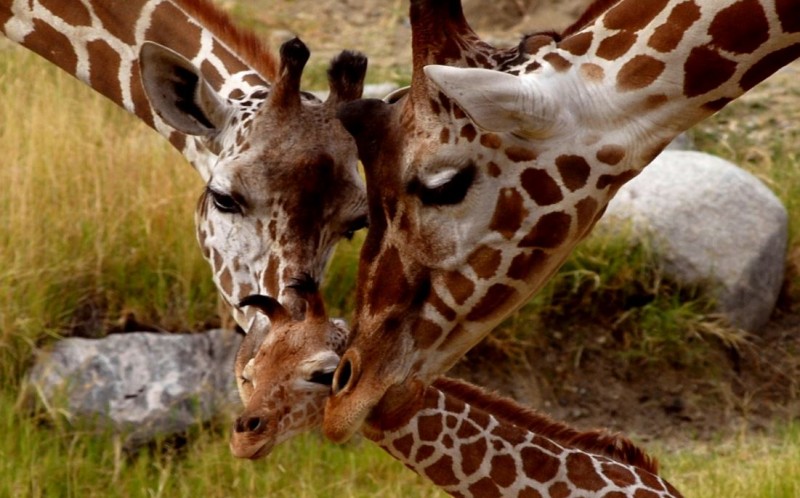
When it comes to the study of anatomy, comparisons between different species often yield fascinating insights. One such intriguing discovery is that both humans and giraffes share an unexpected similarity - they both have seven neck vertebrae. Despite the vast difference in size and appearance between the two, this common feature raises questions about the evolutionary history of these magnificent creatures. In this article, we will explore the anatomy of both humans and giraffes, delve into the significance of having seven neck vertebrae, and uncover the secrets behind this remarkable similarity.
I. Understanding Neck Vertebrae
Before we dive into the comparison, it is essential to understand what neck vertebrae are and their role in the bodies of both humans and giraffes. The neck vertebrae, also known as cervical vertebrae, are the bones that make up the neck region of the spine. They provide support and flexibility, allowing for a wide range of movement in the neck.
II. The Human Neck Vertebrae
In humans, the neck is composed of seven cervical vertebrae, numbered C1 to C7, starting from the base of the skull and extending down to the upper back. These vertebrae are relatively small and delicate compared to those in other regions of the spine.
III. The Giraffe's Remarkable Neck
Giraffes are renowned for their long necks, which can measure up to six feet in length. Despite this incredible elongation, they also possess only seven neck vertebrae, the same as humans. Each cervical vertebra in a giraffe can be over ten inches long, a remarkable adaptation to support its long neck and head.
IV. Evolutionary Implications
The shared trait of having seven neck vertebrae raises questions about the evolutionary history of these two species. How did such different animals, humans and giraffes, develop this common characteristic? While the exact answer remains a topic of ongoing research, it suggests a fascinating connection between the two, possibly tracing back to a common ancestor.
V. Unraveling the Genetic Code
To understand the genetic basis of this similarity, scientists have been examining the genes responsible for the development of neck vertebrae in both species. This research has revealed some intriguing similarities in the genetic markers that influence the formation of the cervical vertebrae, hinting at a shared genetic heritage.
VI. The Link to Evolutionary Biology
Exploring the implications of this discovery further, evolutionary biologists have put forward various theories. One of the prevailing ideas is that the common ancestor of humans and giraffes, which existed millions of years ago, had a similar neck structure with seven vertebrae. As both species evolved and adapted to their respective environments, this trait remained conserved.
VII. An Adaptive Advantage
Having seven neck vertebrae seems to confer certain advantages to both humans and giraffes. For humans, this configuration allows for a delicate balance between stability and flexibility, enabling us to move our heads in various directions with relative ease. For giraffes, it is a crucial adaptation that aids them in reaching high vegetation for food and engaging in battles during mating season.
VIII. Perplexity in Nature's Design
Nature never ceases to amaze with its intricacies, and the similarity in the number of neck vertebrae between humans and giraffes is a testament to this perplexity. The fact that such vastly different creatures can share such a fundamental characteristic highlights the beauty of life's diversity and interconnectedness.
IX. Burstiness of Biodiversity
Burstiness, a term used to describe the clustering of events in certain patterns, is evident in the realm of biodiversity. The occurrence of unique traits like the seven neck vertebrae in both humans and giraffes showcases how life forms can share common features while displaying incredible bursts of diversity in other aspects.
In conclusion, the revelation that humans and giraffes share the same number of neck vertebrae - seven - is a captivating example of the wonders of nature. This intriguing similarity serves as a reminder of our interconnectedness with the animal kingdom and the fascinating paths that evolution has taken. While we may appear vastly different from giraffes on the outside, we share an unanticipated bond through our shared anatomy.
Astronauts Cannot Burp in Space: The Science Behind It